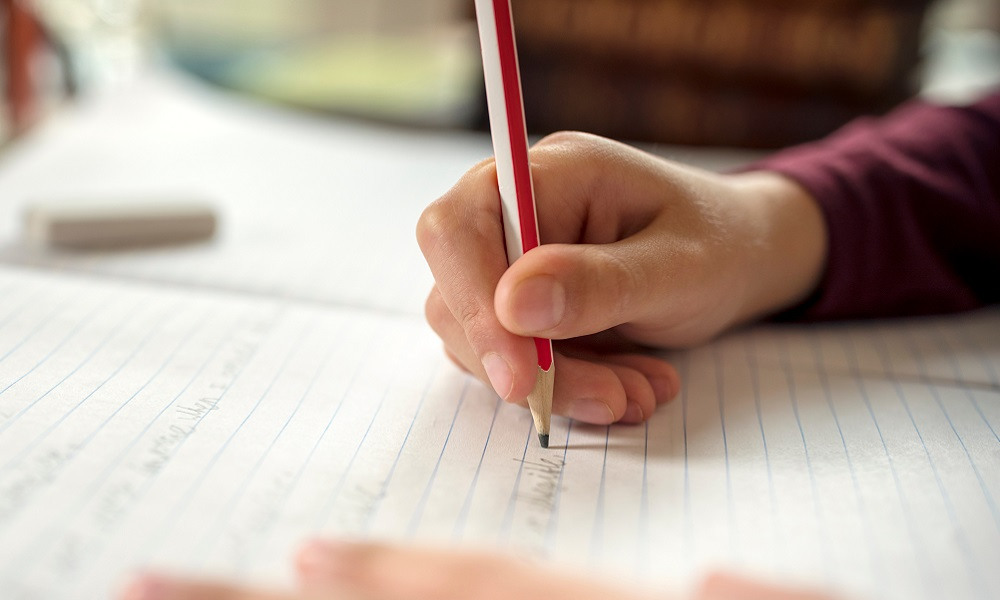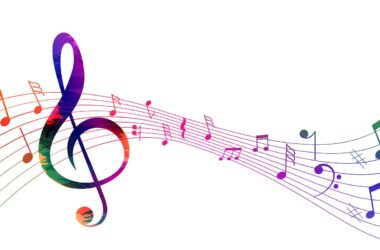Poetry uses rhythm and crisp language to express emotions.
The poem uses figurative speech, imagery, rhythm, alliteration, mood, stanza, density, and rhyme. Each component will be examined separately. They help poetry express its ideal meaning and feeling.
Figurative language/speech
Metaphorical language begins poetry. This involves changing words and wording to convey complicated meaning.
Metaphors aren’t real, but they make it easy to establish a connection and explain using a figure of speech.
Laughter heals
The following statement indicates that laughing is a medicine that treats illness, but the intended meaning is that to have a healthy mental existence, one must have many human traits, including laughter.
Irony is another figure of speech used in poetry to convey a witty message.
Poetry often uses likenesses. Any writing uses similes to explain ideas.
E.g., Lion-like boldness.
The bravery of a lion in any lion narrative may be used to demonstrate gallantry.
Imagery/Symbolism
It makes poetry intriguing. This is how an entire poem creates mental images. Imagery is used to convey a notion or feeling in stanzas.
Symbolism is the artistic use of words to leave a reader with an impression, an opinion, or a concept by engaging their creative sense. Pictures in poetry engage readers and make them crucial to the poem. Five basic symbolisms include:
Visual symbolism in writing helps readers visualise a scene.
- Auditory symbolism uses hearing-related terms.
- Olfactory symbolism describes dead objects, places, creatures, and people.
- Gustatory symbolism uses phrases that evoke flavour.
- Material symbolism allows expressive language. By using touch-related terms.
- Symbolism makes words tangible.
Rhythm
Most poets use rhythm to create repetition. Rhyming words generate this. Rhyming words may change mood. Poems with good rhythm are creative. Poems benefit from rhythm. The poem flows in rhythmically. Rhythm also aids poetry word choice.
Five types:
- Iamb is the basic beat. The iambic pentameter is another name. This rhythm uses stressed and unstressed syllables. The first syllable is not emphasised, while the second is.
- Trochee rhythm is common. Unlike iamb, this stresses the first syllable and ignores the second.
- Spondee has two emphasised syllables.
- Poetry also uses dactyl. The major syllable is emphasised, then the other two.
- Anapaest rhythm differs from dactyl because it stresses the first two syllables and not the final.
Alliteration
It is the repetition of consonant sounds in a word or phrase. Alliteration is used in poetry to make the reader like it. Paying attention to syllable stress also helps in offering strengths.
Alliteration is the repetition of starting consonants in a poem.
Poetry uses consonance. Consonance refers to sentence consonant recurrence.
Third-type alliteration is assonance. Assonance results from repeated vowels at the beginning, middle, and end of a phrase.
Unvoiced alliteration/sibilance is the fourth and final kind. Voiceless alliteration. Examples show this.
Purple pterodactyls jabbed Paul.
The final word’s “p” is unvoiced. Silent letters are unvoiced alliterations.
Tone
Poetry’s tone is amazing. Know the speaker’s tone while writing a poetry. Poem mood is its tone. The reader’s emotional connection to a poem is enhanced by mood. Poems without a mood are hard to understand.
Poems have cheerful, thoughtful, gloomy, funny, emotional, hopeless moods. Poem tone and topic establish the atmosphere.
Laughs, bright colours, and pleasant fragrances convey joy.
Make the character do funny things to create a hilarious atmosphere in poetry. This mood may mock situations.
Melancholy is depressing. It connects to the poem’s subject emotionally.
You may create a romantic poetry by choosing a lovely theme.
Stanza
Poems are built on stanzas. Linked lines to express a same thought. Each poetry stanza has a purpose. Stanzas help you identify the poem you’re writing or reading. They also separate poems on a page. Your message may also coordinate words and concepts. Stanzas follow poetic patterns. Lines classify stanzas.
- Couplets are two-line stanzas.
- Tercets have three lines.
- Four-line quatrains.
- Quintains are five-line stanzas.
- Six-line sestet.
- Septets are seven-line stanzas.
- Octaves are eight-line stanzas.
Density
How can artists express so much with so few words each line? Poetry is distinct because to density. You’re supposed to employ metaphorical language and a certain tone and rhythm to make a reader feel something when you draw a picture. The essay is understandable to the average reader regardless of linguistic type.
Density cannot be forced. Avoid metaphors if they don’t fit your article. Poetry requires several draughts before completion. This involves comprehensive removal of extraneous components without affecting a poem’s logic.
Rhyme
A poem rhymes when two words sound same. Inner rhymes occur when words in a comparable line in a poem rhyme, whereas end rhymes occur when the last words of lines rhyme.
Rhyme schemes are poems’ rhyme structures. When a letter pattern changes, the poem’s rhyme scheme changes.
Repetition and diversity improve rhyme scheme effectiveness. Poetry analysis involves repetition and variety.
Conclusion
Writers use poetry to communicate with readers. Poetry isn’t as simple as it seems since it requires certain elements. These portions should contribute greatly to the poem’s meaning, tone, and structure. When writing your poetry, keep these factors in mind.For more about our Year 6 English Tutoring, contact us anytime.





















